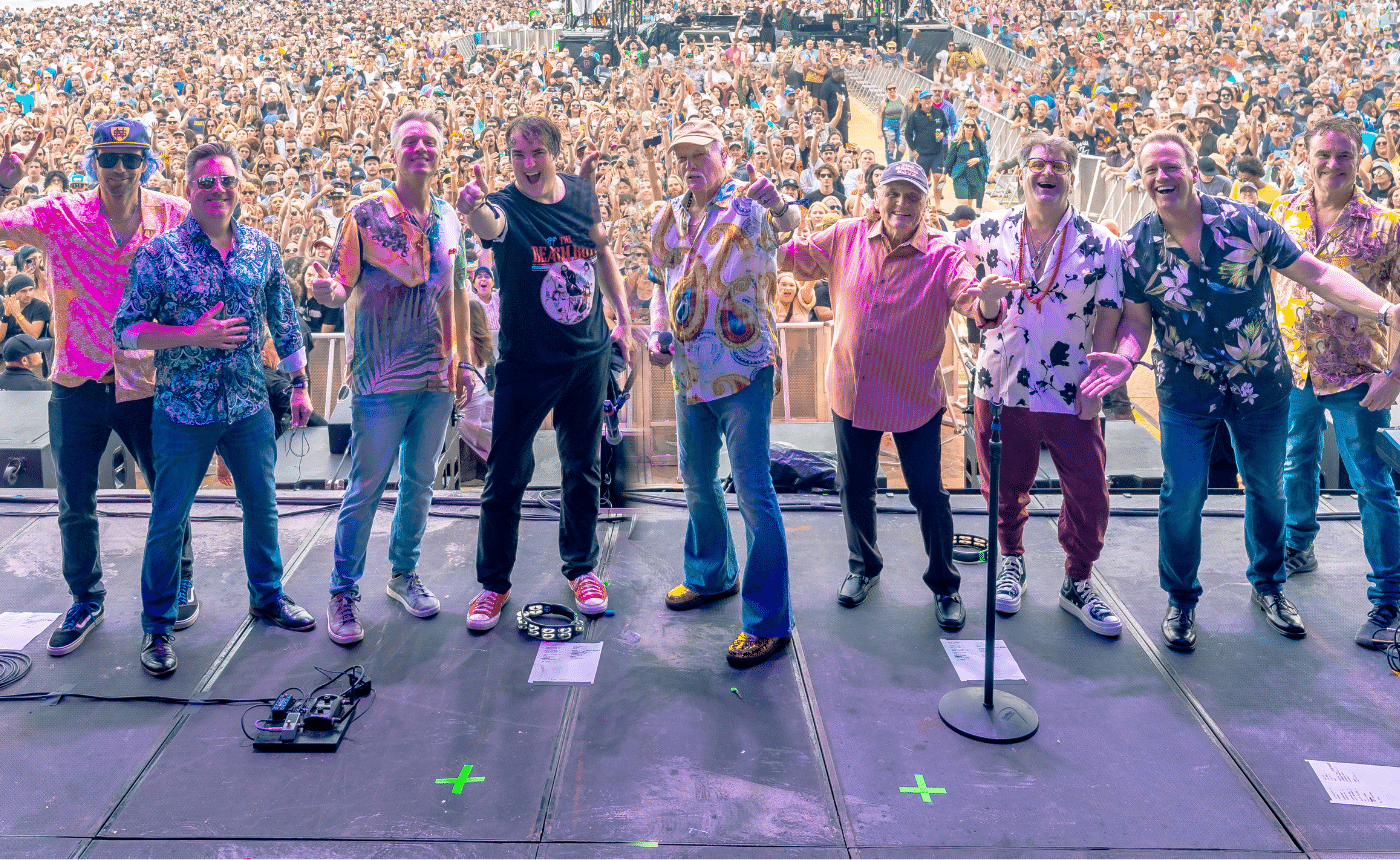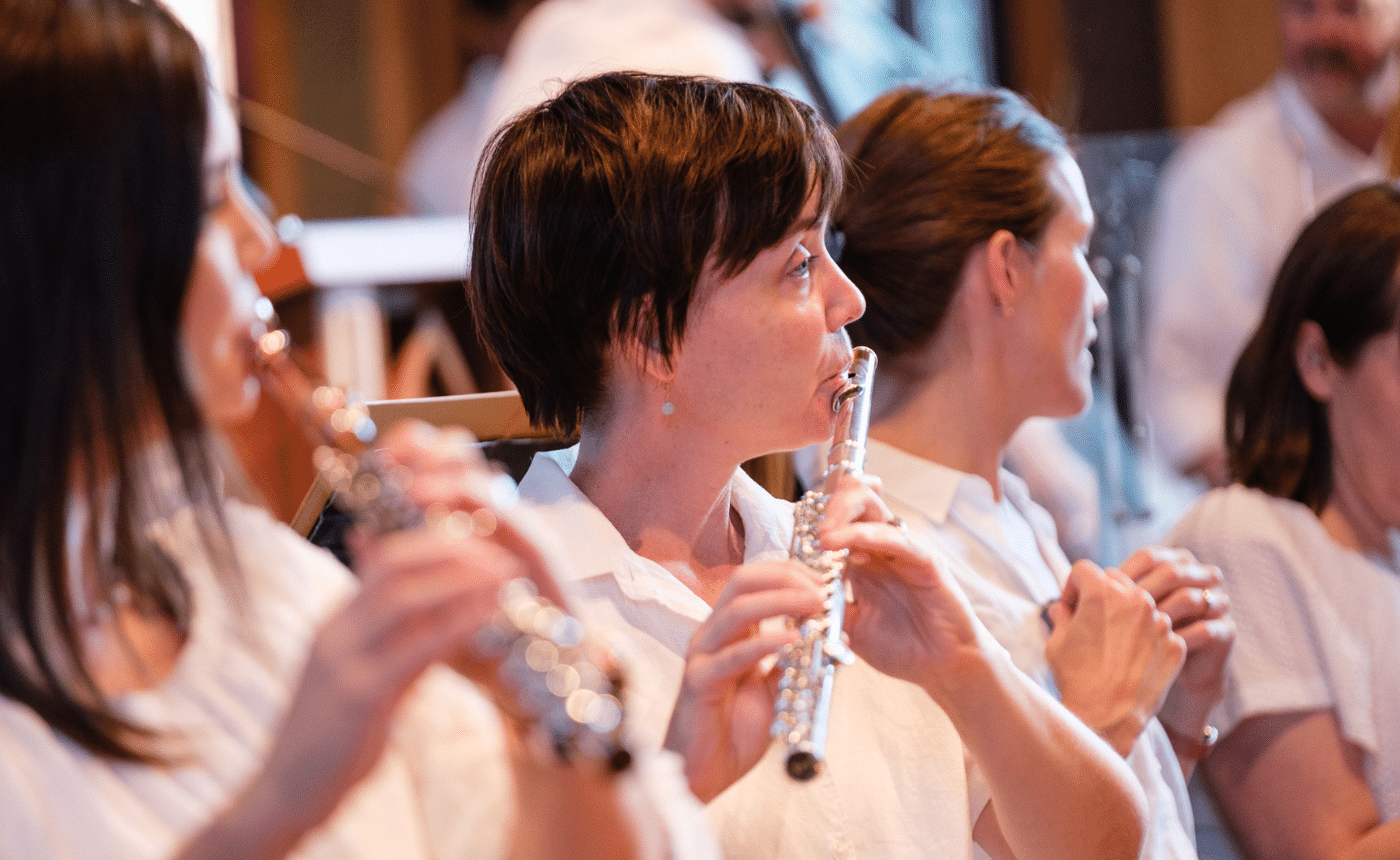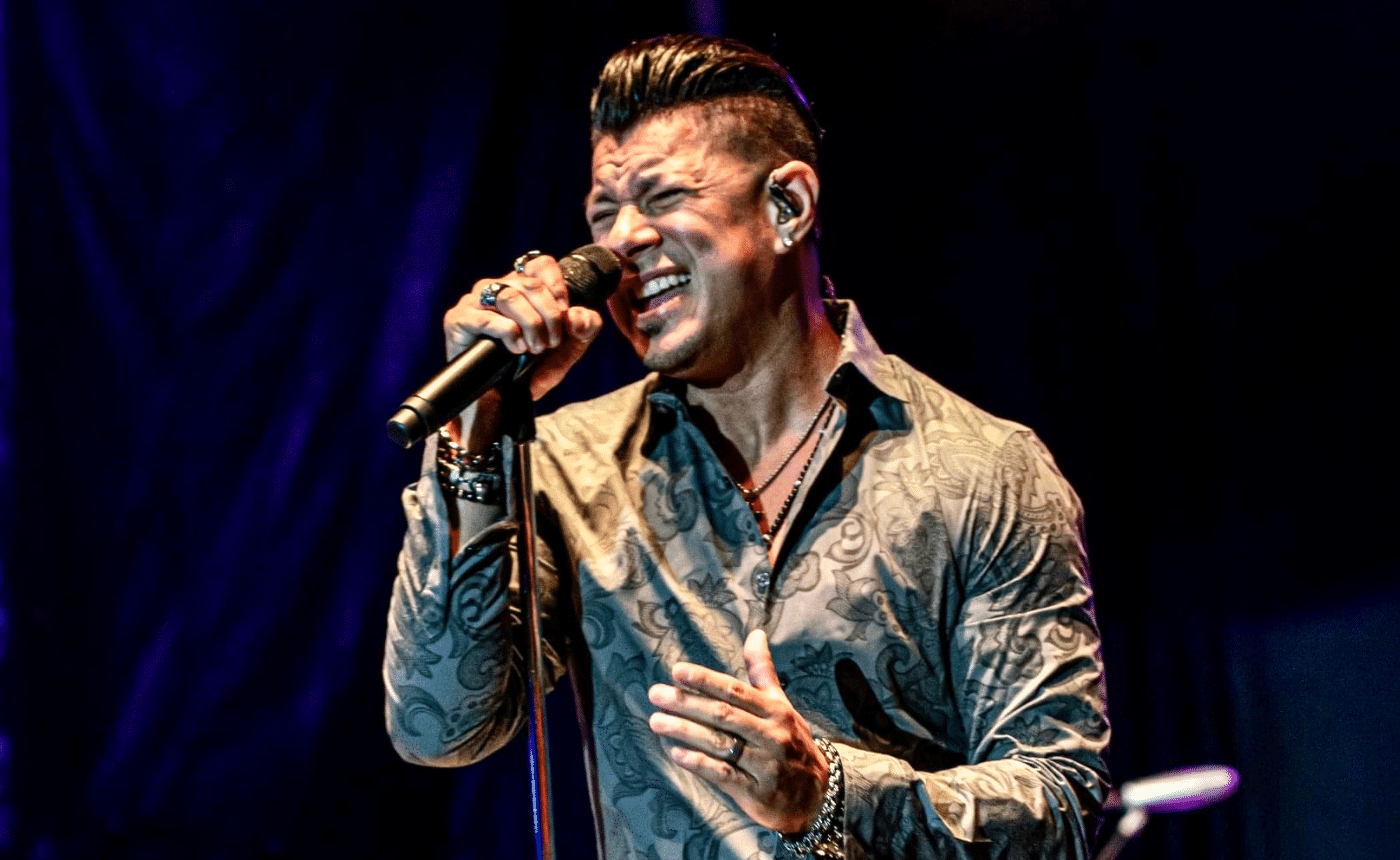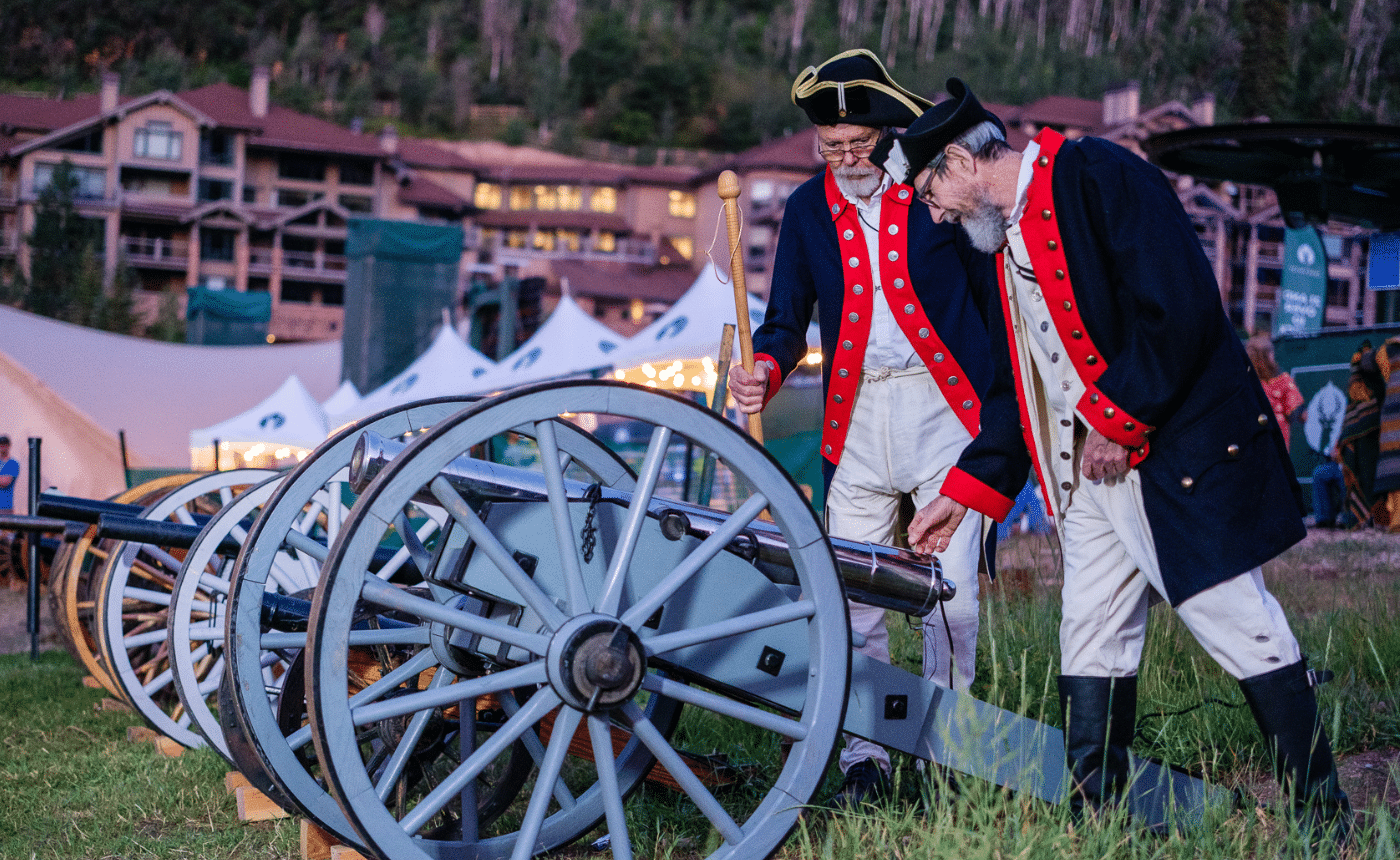Respighi – Le fontane di Roma (The Fountains of Rome)
Ottorino Respighi (1879 — 1936): Le fontane di Roma (The Fountains of Rome)
Instrumentation: 2 flutes, piccolo, 2 oboes, English horn, 2 clarinets, bass clarinet, 2 bassoons; 4 horns, 3 trumpets, 3 trombones, tuba; timpani, chimes, crash cymbals, glockenspiel, triangle; strings
Performance time: 15 minutes
Background
Born in 1879, the Bolognese master Ottorino Respighi lived most of his life in the 20th century (he died in 1936). But in the charm and tonal elegance of his music we can hear 19th- and 20th-century esthetics colored by his infatuation with earlier days: music of the late renaissance and early baroque periods, from the 16th through the 18th centuries. Though Respighi was periodically attracted to modernist ideas at various times during his musical education, he always reverted to a personal style of composition steeped in the past. His music is graceful, courtly and opulent; it often seems to iridesce with shifting colors. The rhythms are whirling or stately. The sound beguiles us like an antique music box.
Respighi began his career as a violinist and violist, studying first with this father and then at the Liceo Musicale in Bologna, but historical and composition studies were also included in his curriculum. After graduating in1899, he became principal violist in the orchestra of the Russian Imperial Theatre in St. Petersburg. There he studied composition with Rimsky-Korsakov, one of the great masters of orchestral color, whose influence can be heard in all of Respighi’s most popular works. Returning to Italy, he became first violinist in the Mugellini Quintet, but devoted himself mainly to composing from 1909 onward.
What to Listen For
Le fontane di Roma gives us Respighi’s vibrant impressions of Rome’s four great fountains. Few musical works so richly deserve to be called picturesque; the movements of this popular suite sparkle and soar with their sensual effects, with which Respighi sought to capture each fountain at the moment of its greatest beauty. In his own notes for Le fontane di Roma, Respighi noted:
The first part of the poem, inspired by the fountain of Valle Giulia, depicts a pastoral landscape: droves of cattle pass and disappear in the fresh, damp mists of the Roman dawn.
A sudden loud and insistent blast of horns above the trills of the whole orchestra introduces the second part, “The Triton Fountain.” It is like a joyous call, summoning troops of naiads and tritons, who come running up, pursuing each other and mingling in a frenzied dance between the jets of water.
Next there appears a solemn theme borne on the undulations of the orchestra. It is the fountain of Trevi at mid-day. The solemn theme, passing from the woodwind to the brass instruments, assumes a triumphal character. Trumpets peal: Across the radiant surface of the water there passes Neptune’s chariot drawn by seahorses and followed by a train of sirens and tritons. The procession vanishes while faint trumpet blasts resound in the distance.
The fourth part, the Fountain at the Villa Medici, is announced by a sad theme which rises above the subdued warbling. It is the nostalgic hour of sunset. The air is full of the sound of tolling bells, the twittering of birds, the rustling of leaves. Then all dies peacefully into the silence of the night.












